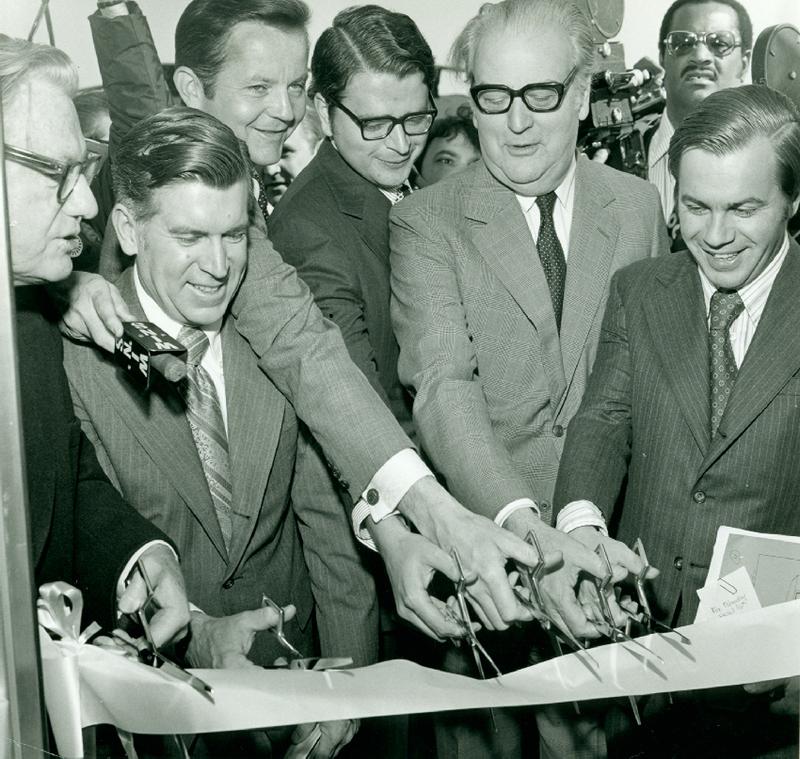
William Ronan, the man known as the architect of New York's Metropolitan Transportation Authority and who bridged the fractured transit system to the MTA we know today, died on Wednesday. He was 101.
Ronan was a top aide for Gov. Nelson Rockefeller back in the 1950s, when the company operating Long Island's commuter rail system was floundering financially. The state bought it and Ronan was appointed as the head. He then went on to acquire the New York City Transit Authority, and by 1966, the MTA was created, with Ronan as its chair.
"He really saved the transit system in New York," said transit historian Peter Derrick. "He never was able to raise as much money as he wanted to, but he created the [American Public Transportation Association] to get money from the federal government. Right now the transit system is in good shape. So he really saved the transit system from my point of view. Without him you wouldn't have the MTA and you couldn't have a capital program."
The MTA released a statement expressing condolences. "Bill Ronan was a legend in the field of public transportation and an inspiration for everyone who understands that mass transit is the engine that powers New York,” said MTA Chairman and CEO Thomas F. Prendergast."
Ronan was born in Buffalo, New York on Nov. 8, 1912. He attended Syracuse University, where he graduated in 1934, before he received his doctorate from New York University. As he did for the city's transit system, Ronan left his imprint on NYU. He became a professor and dean at the university, where he established what is now NYU's Wagner Graduate School.
